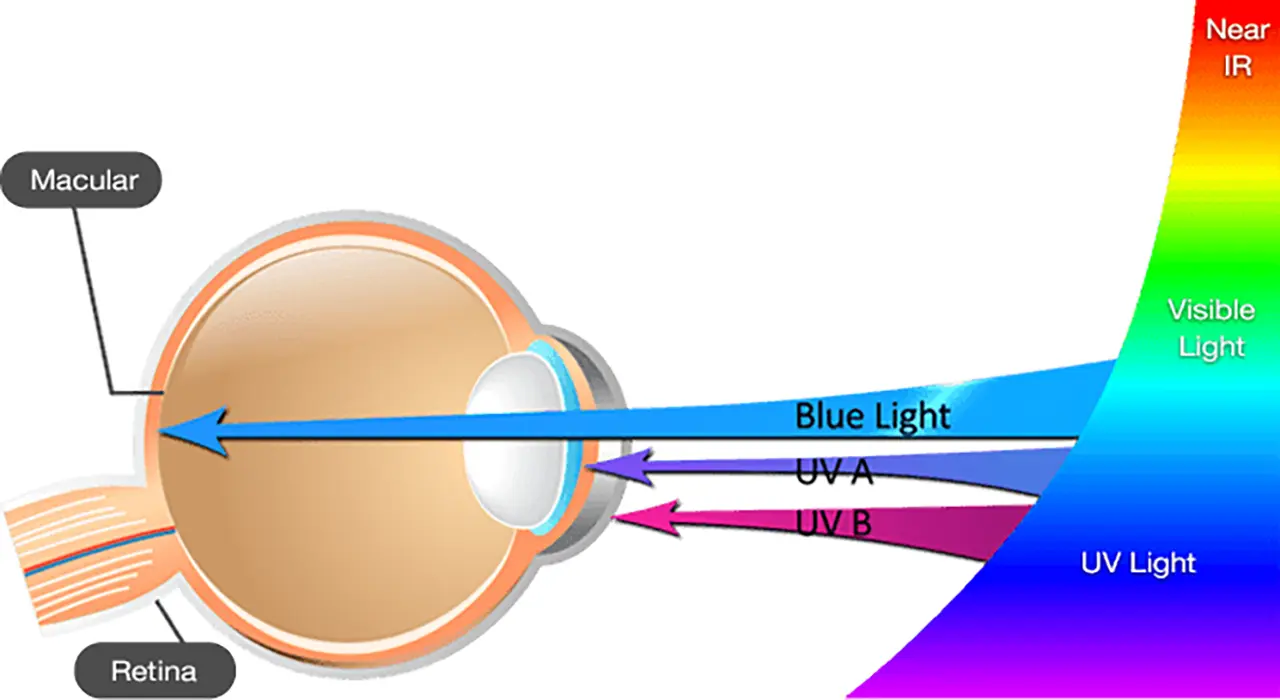Are LED Strip Lights Bad For Your Eyes?
In the modern world, the glow of LED strip lights has become a ubiquitous presence, from the cozy corners of our living rooms to the vibrant interiors of businesses. Their appeal lies not only in their aesthetic versatility but also in their energy efficiency, consuming about 50% less energy than traditional lighting options like halogen and incandescent lights. Since their inception in 1962, LED (Light Emitting Diodes) lights have been hailed as a green alternative, offering a palette of colors and varying warmth.
However, as their use becomes more widespread, concerns about their impact on our eyesight have sparked discussions and research. Let’s delve into the science of LED technology, its potential effects on our eyes, and how to harmoniously integrate these lights into our daily lives.

Photo by Are LED Strip Lights Bad For Your Eyes
Understanding LED Technology
LED lights function through semiconductors that emit light when electricity passes through them. Unlike traditional bulbs, they don’t burn out but instead undergo lumen depreciation, where their brightness dims over time.
The Blue Light Factor
Central to the debate about LED strip lights and eye health is the emission of blue light. Studies indicate that this blue light, also emitted by devices like phones and laptops, can be phototoxic, potentially damaging the retina and straining the eyes. Prolonged exposure to blue light can disrupt our natural circadian rhythms, leading to sleep disturbances, visual fatigue, headaches, and even a decline in visual acuity over time.
Age-Related Concerns and Macular Degeneration
Particularly concerning is the effect on the retina and the risk of age-related macular degeneration, a condition that deteriorates central vision. Exposure to intense blue light can hamper the synthesis of melatonin, a hormone vital for sleep-wake cycles and various physiological reactions.
Are All LED Strip Lights a Concern?
It’s important to note that the risk varies. While some LED strip lights emit harmful levels of blue light, not all do. The risk is particularly associated with prolonged exposure to high-energy blue light (wavelengths of 415 to 455 nm). Hence, choosing LED strip lights with minimal blue light emission is recommended.
Mitigating the Risks
Fortunately, there are ways to enjoy the benefits of LED strip lights while minimizing potential risks:
- Choose Warmer Colors: Warmer hues like yellow are safer, especially before bedtime, as they have longer wavelengths that are less straining on the eyes.
- Proper Placement: Install LED strip lights in locations where they don’t shine directly into your eyes. Good spots include under cabinets or along the tops of walls.
- Manage Exposure: Avoid using blue light-emitting devices, including LED strips, at least an hour before bedtime to prevent sleep cycle disruption.
- Eye Protection: Consider wearing glasses with anti-reflective or yellow-tinted lenses to block out blue light and reduce glare.
Embracing LED Strip Lights Safely
LED strip lights are not inherently harmful. They are energy-efficient, have a longer lifespan, and their versatility in color and design can enhance the ambiance of any space. By being mindful of the type of LED lights used and taking steps to mitigate exposure, we can enjoy the benefits they offer without compromising our eye health. High Density LED Strips from Unitopledstrip are designed to meet diverse needs, offering various IP ratings for different environments and a longer 5-year warranty, underscoring their quality and durability. While they provide powerful lighting solutions, it is important to be mindful of their placement and usage to safeguard eye health.